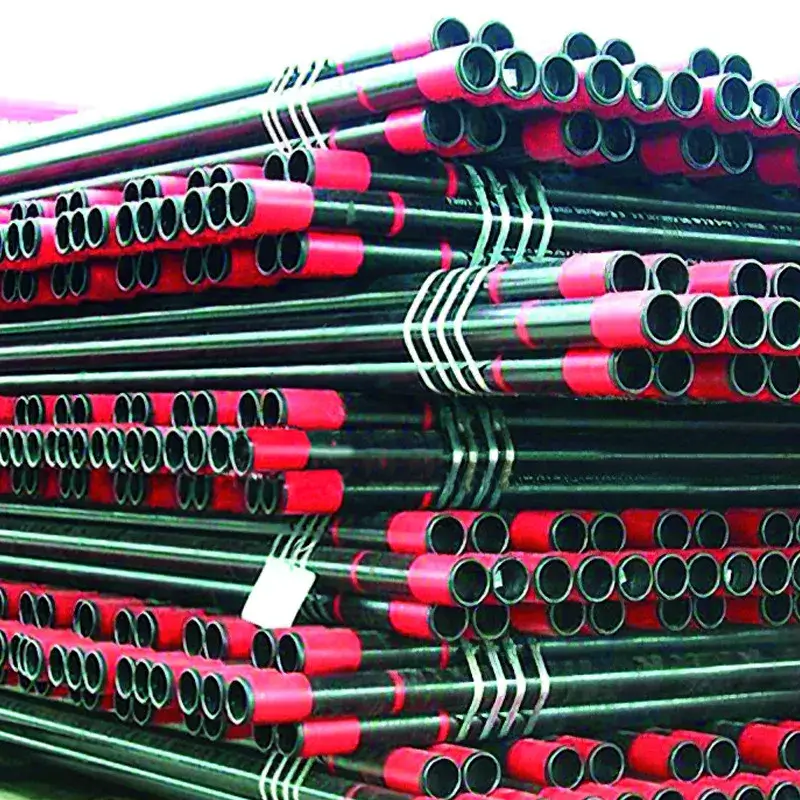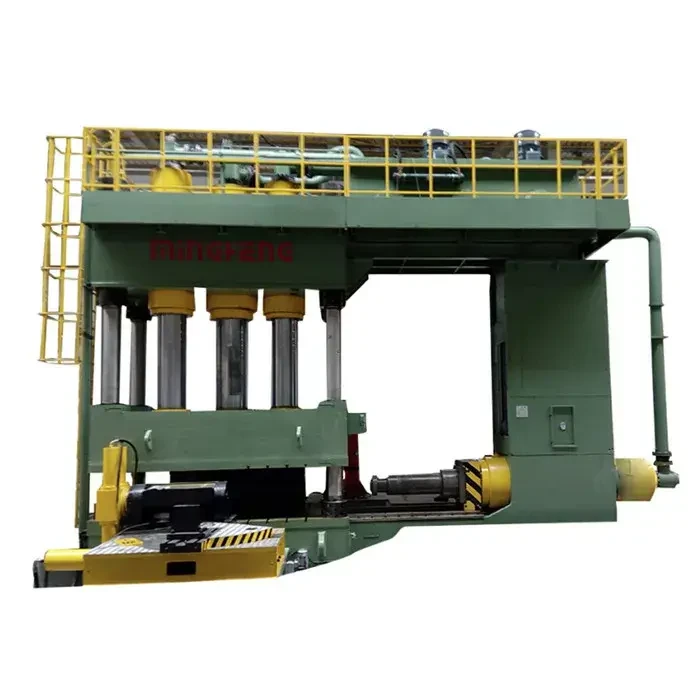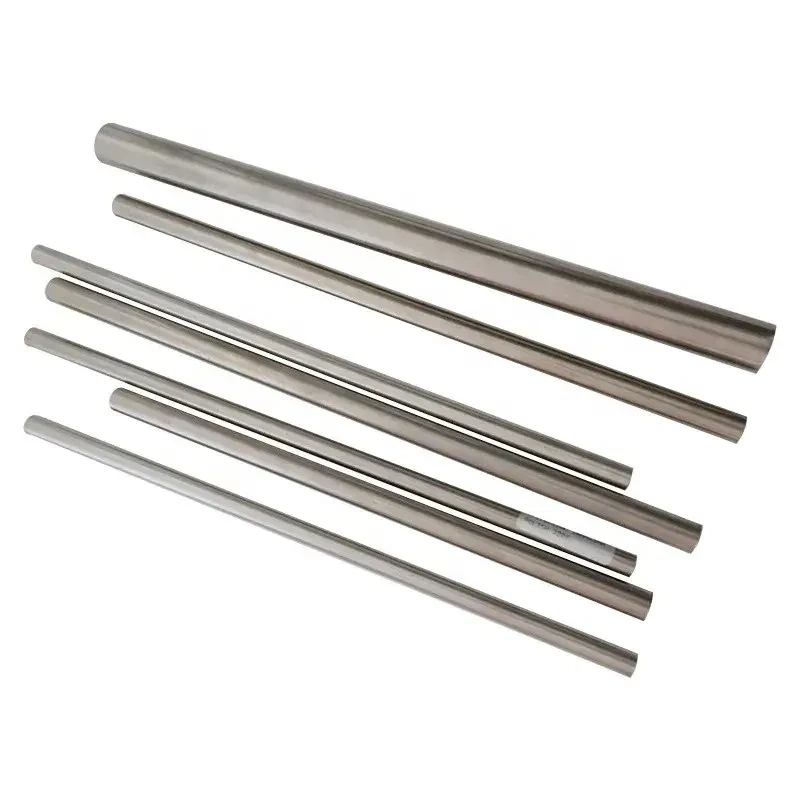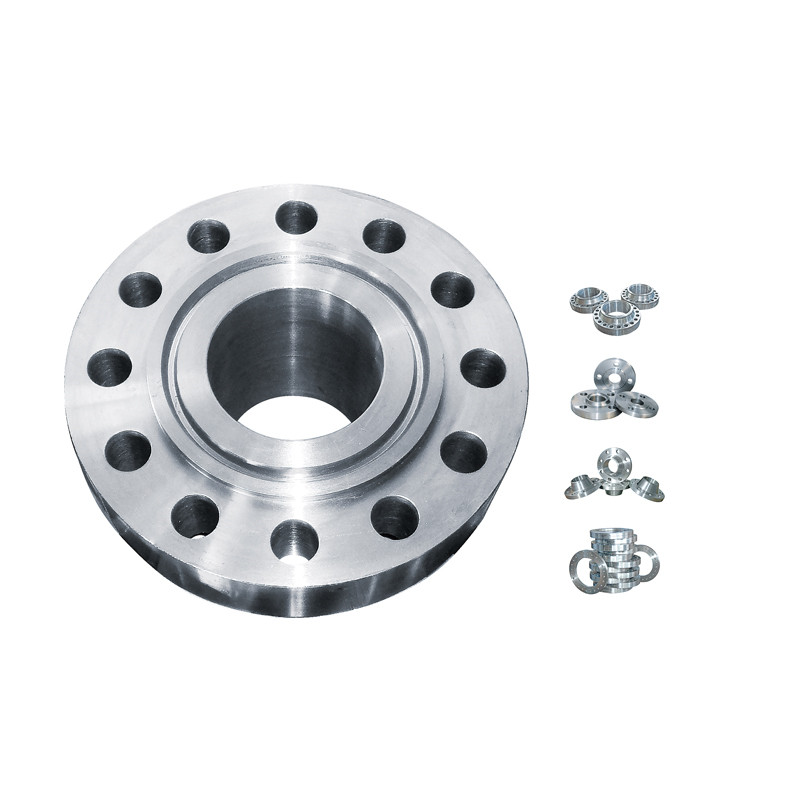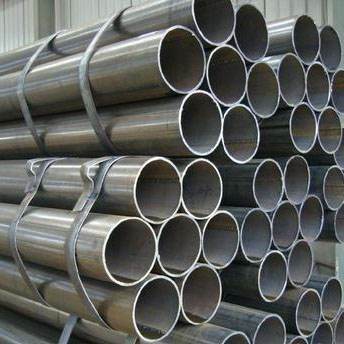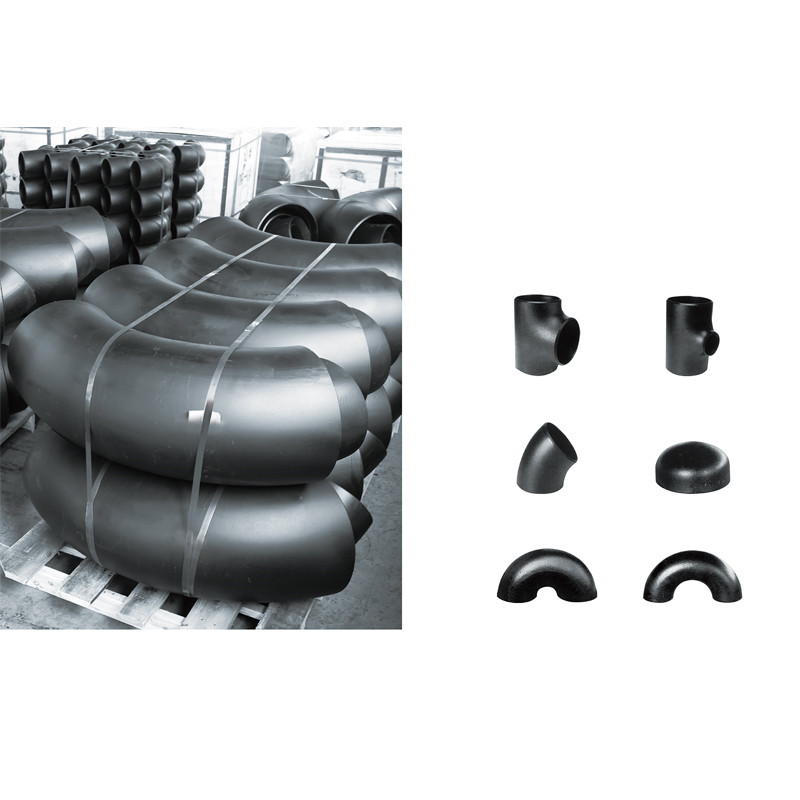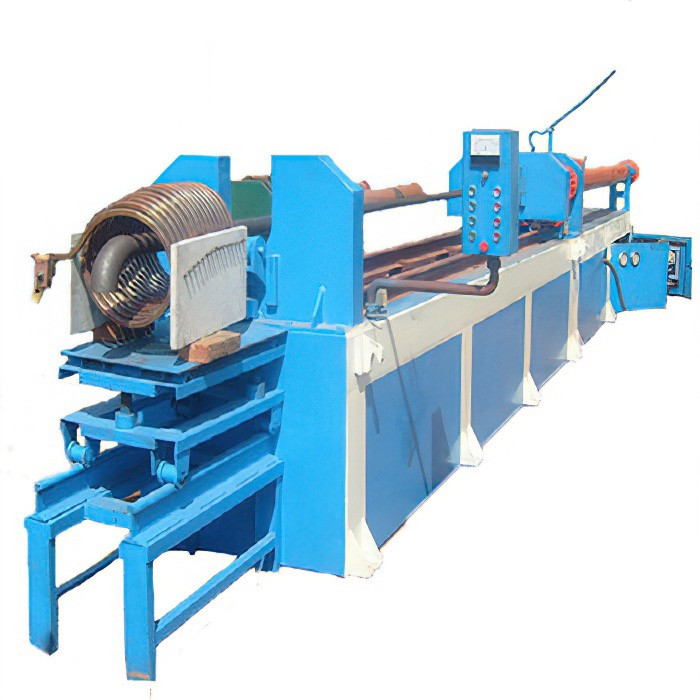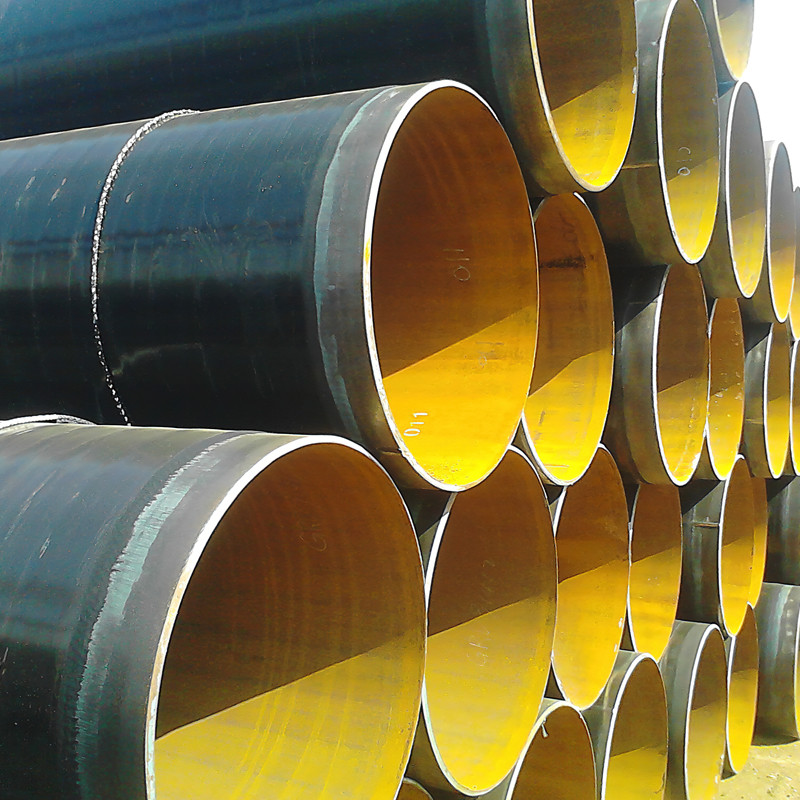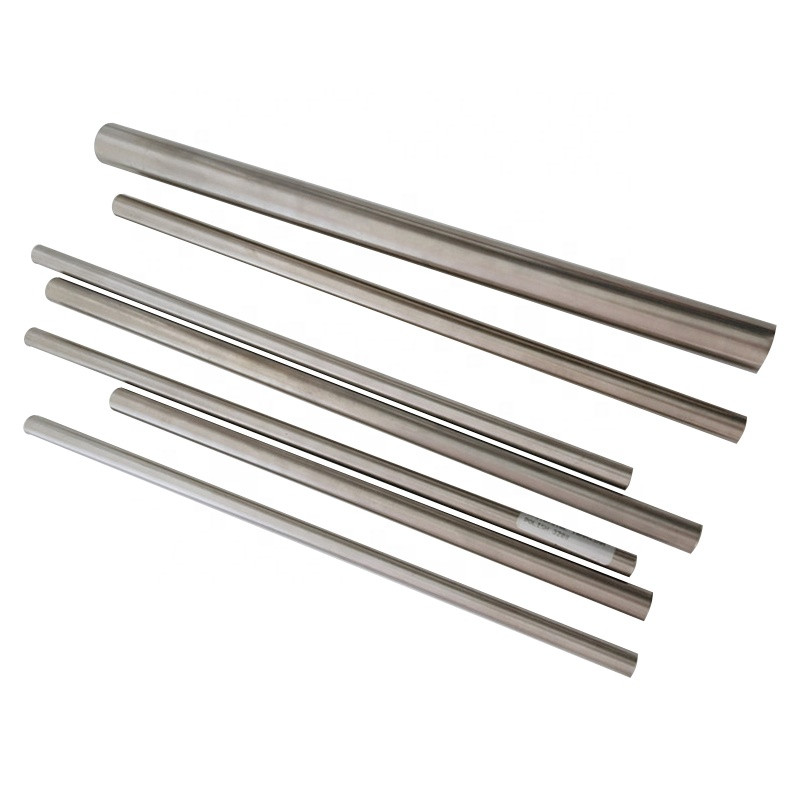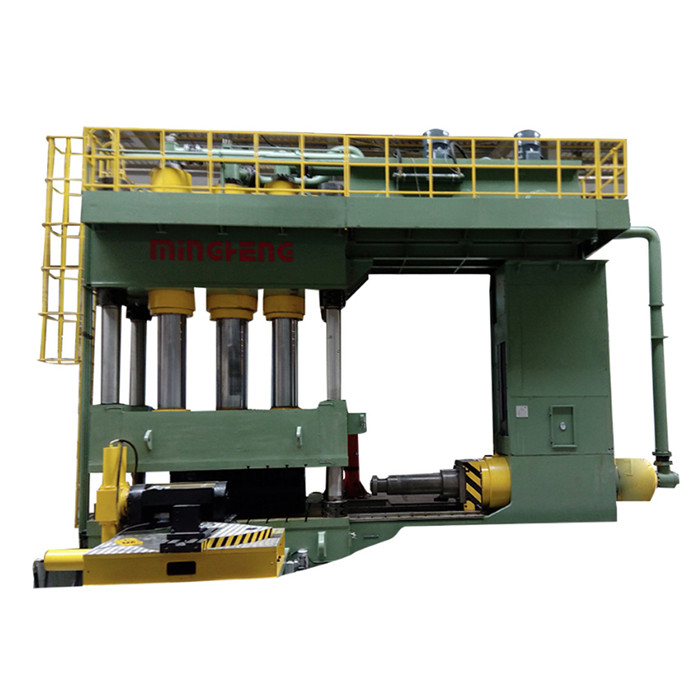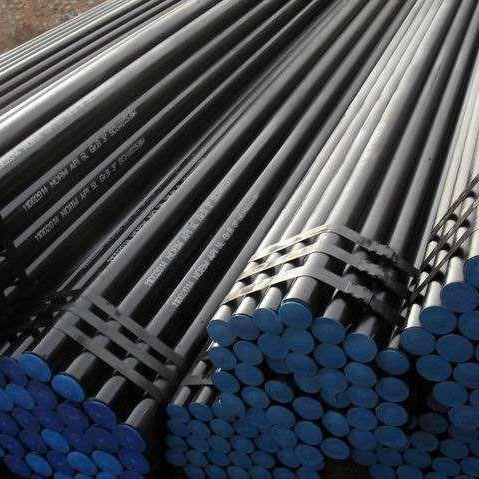A practical buyer’s guide to heat exchanger tube in 2025
If you buy tubing for boilers, chillers, or condensers, you already know: the wrong tube grade can quietly bleed efficiency and budget. I’ve toured mills from Tianjin to Kaohsiung, and—honestly—the difference often comes down to steel discipline and clean, consistent processing. Here’s what’s trending, what specs to pin down, and where buyers say value still hides.
What’s moving the market
- Shift toward alloy grades (STBA series) for higher skin temperatures and corrosion margins in cogeneration and chemical plants.
- More buyers asking for PED and ASME data packs alongside JIS—global projects, mixed codes, you know the drill.
- Lifecycle focus: fouling resistance and stable ovality trump lowest upfront price, surprisingly often.
Product snapshot
| Item | Details (≈, real-world use may vary) |
|---|---|
| Standard | JIS G3461 (STB340/410/510); JIS G3462 (STBA12/13/20/22/24) |
| Applications | Boiler, condenser, chiller, heater—inside & outside tubes |
| Dimensions | OD 12–101.6 mm; WT 1.2–10 mm; Length up to 18 m |
| Manufacture | Hot-finished or cold-drawn; normalized/normalized & tempered (grade-dependent) |
| Mechanical | Tensile ≈ 340–620 MPa; Elongation ≈ 20–35% |
| Testing | Eddy current/UT, hydrostatic up to 10–25 MPa, hardness, flattening, flaring |
| Tolerances | OD ±0.5–1%; WT ±10%; Straightness ≤1.5 mm/m; Roughness Ra ≤3.2 μm (typ.) |
Origin: Rm 1103, Shangpintaihu Bld 3#, Tongzhou District, Beijing. Many customers say the packing and traceability are tidy—heat numbers stay readable even after long sea legs.

From billet to tube: the process (short version)
Materials: killed carbon steel for STB grades; Cr-Mo alloy for STBA. Methods: piercing → hot rolling → (optional) cold drawing for tighter tolerances → heat treatment (N/NT) → straightening → NDT → hydrotest → beveling → passivation/oiling → inspection. Certification pack usually includes mill test certificate (EN 10204 3.1), dimensional report, NDT map, and if needed, PED/ASME statements.
Service life: HVAC chillers 10–20 years; petrochem up to 8–15 years depending on chloride load and cleaning regime. Fouling management and water chemistry still make or break outcomes, to be honest.
Where a heat exchanger tube earns its keep
- Power: superheaters/economizers (STBA22/STBA24 for higher creep strength).
- Petrochemical: exchangers with cyclic duty; prefer alloy for oxidation resistance.
- HVAC & chillers: STB340/410 for clean water loops; CuNi may still win in brine—but cost is another story.
- Food & pharma utilities: low-carbon, smooth finish, strict certificate trail.
Vendor comparison (quick reality check)
| Vendor | MOQ | Lead Time | Certs | Customization |
|---|---|---|---|---|
| World‑Steelmaterial | ≈3–5 tons/size | 20–35 days | ISO 9001, PED support, 3.1 MTC | OD/WT non‑standard, U‑bend, passivation |
| Global Mill (Tier‑1) | 10+ tons | 45–70 days | ISO, ASME data books | Deep customization, higher MOQ |
| Local Fabricator | Small lots | Fast, stock-based | Basic MTC | Cut-to-length, quick bends |
Price-wise, alloy heat exchanger tube (STBA) carries a 10–35% premium over STB in my notes, but that gap narrows when you cost in downtime and cleaning cycles.

Field notes and test data
Case 1: A 250 MW plant swapped carbon steel for STBA22 in a high-duty economizer; tube wall loss dropped ≈28% year-on-year, and soot-blowing frequency fell slightly—operators were pleasantly shocked.
Case 2: Chiller OEM used STB410 with tighter ovality (≤0.8%) and a smoother ID; COP improved by ~1.5% after cleaning intervals stretched from 8 to 12 weeks. Not magic—just less fouling.
Typical QA snapshot: UT 100% body scan, hydro 15 MPa on 25 mm OD x 3 mm WT, hardness 75–90 HRB (STB410), grain size 5–8 ASTM. Compliance cross-checked to JIS G3461/G3462; projects often ask for ASME traceability notes too.
Customization tips
- Specify inside cleanliness and protective capping if tubes ship to coastal yards.
- For U-bends, request post-bend stress relief for alloy heat exchanger tube.
- Share water chemistry; chloride and pH inform grade and treatment choices.
References
Post time: Oct . 02, 2025 18:15



